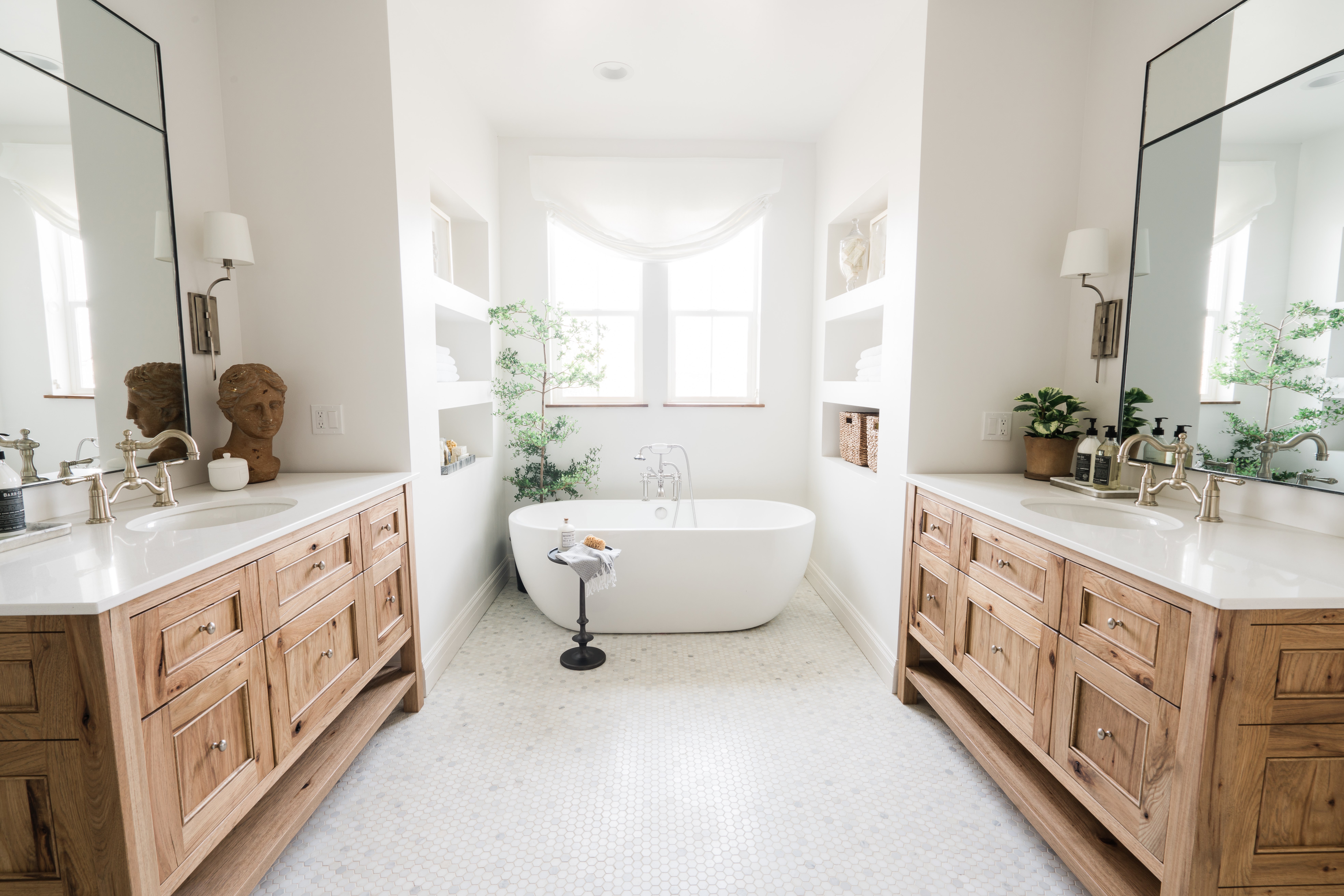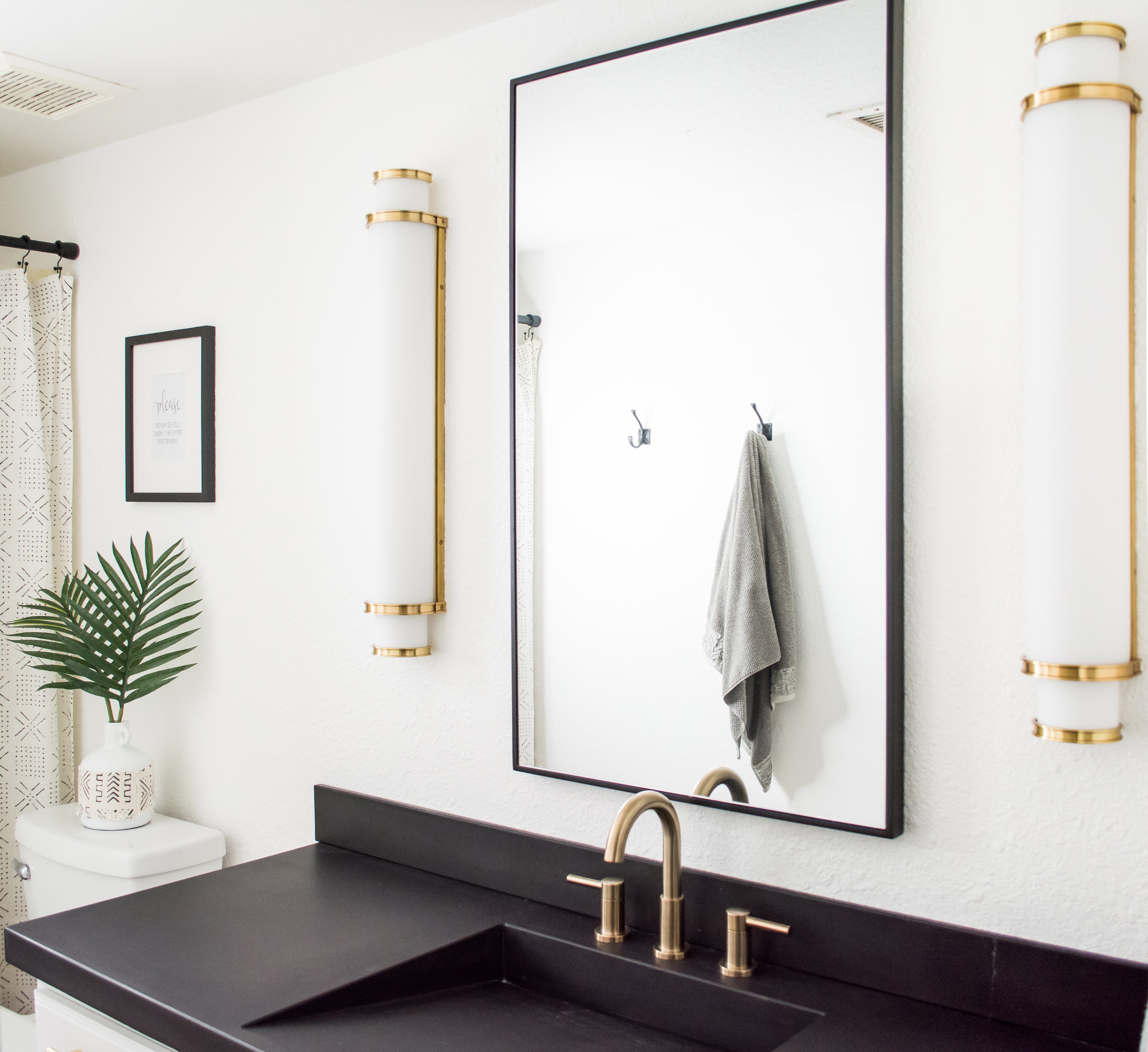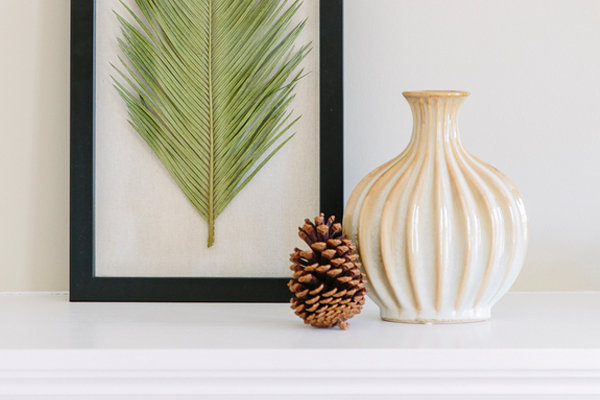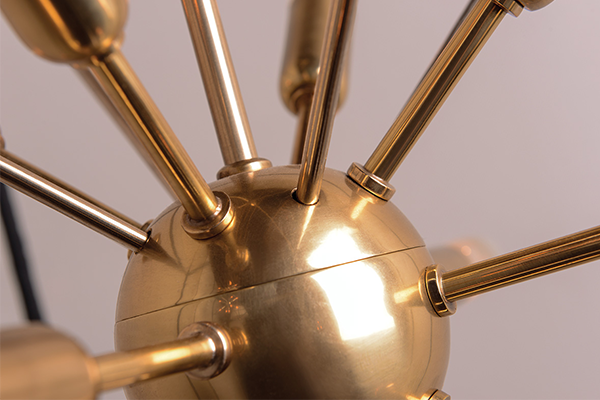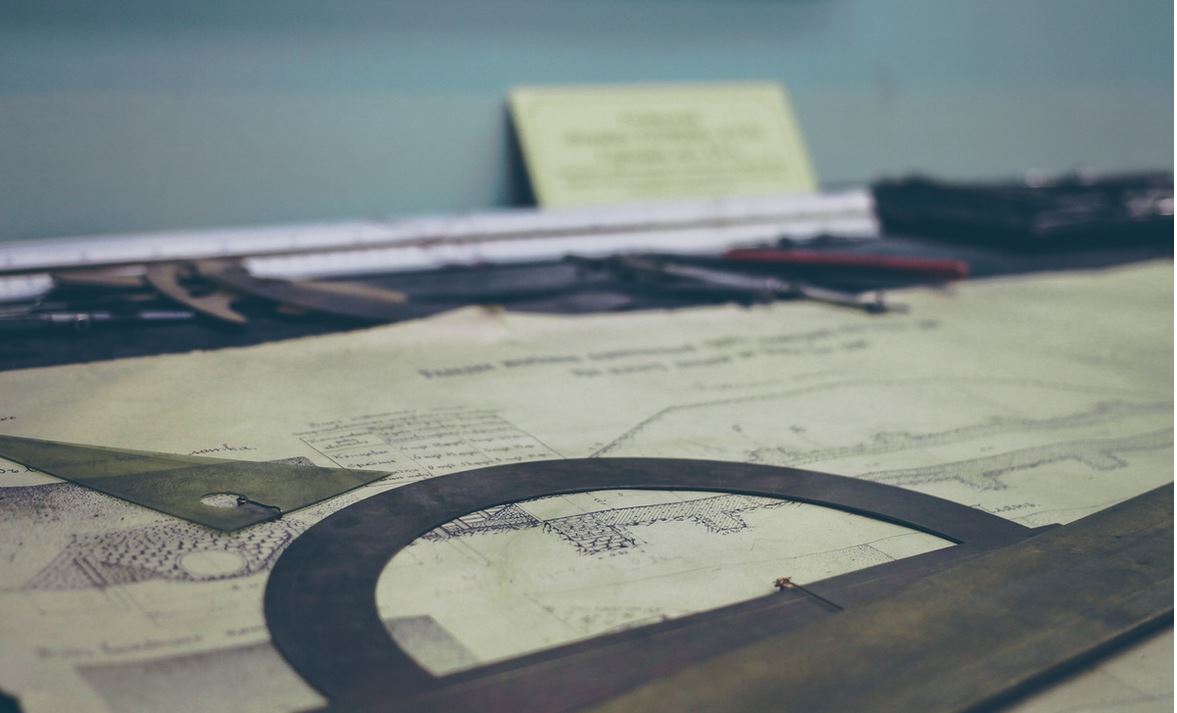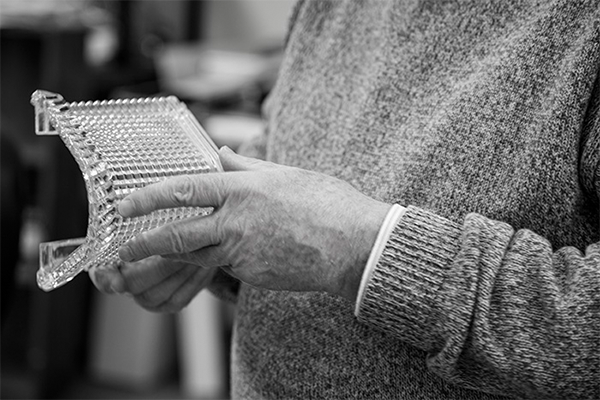It seems that today’s world is connected in ways many of us never expected. We are constantly plugged in — smartphones, smart televisions, smart speakers that listen to our commands — the list goes on. We are living in an era of instant gratification. Want dinner? There’s an app for that. Want someone to come and do a quick task for you? There’s an app for that. Want to learn a language? There’s an app for that. There’s even an app that translates language for you, so you don’t have to commit time to learning it. While yes, we all benefit from this instant gratification world for many reasons, it can still become overwhelming and addicting, leaving us unable to unplug and relax.
.jpg)
Once we step outside our door in the morning, we are faced with an average of 4,000 to 10,000 advertisements per day without consciously acknowledging it (talk about overload!). It can seem nearly impossible to disconnect, but with the right space — and headspace— to do so in, we believe this tech break is an attainable dream. What if we created a space in our home dedicated to serenity and screen-free time? What might such a space look like and what it could it do for us?
When challenged to spend time apart from our phones, we’re quick to think “Are you crazy?!” But what if, for one hour a day, we didn’t unlock the screen? Studies show that the average mobile device user touches their phone 2,617 times a day. If we broke that down per hour, with the common person’s 15-hour day for example, the phone would be touched 174.5 times in that hour. That’s a good number of taps. Guilty as charged — the world is so interconnected today, there’s a lot of information on that once-used-for-phone-calls device that we’re all used to absorbing. But let’s say we didn’t touch the phone for one hour. That’s 174.5 other things our brains could be thinking—or not thinking—about.
We continue to play with the idea of sitting down in our favorite, most relaxing space and taking a deep breath. Sometimes, doing absolutely nothing feels like everything, and we are more than ready to try it out. It’s important to have a space that is tranquil but entertaining enough to ease us as we aspire to disconnect.
One thing that we can all agree on is that lighting in a space is crucial for relaxation. Turn to candles, the natural light from any windows in the space, or possibly our Serenity family, whose natural stone, gold leaf, and LED bulbs create an ambient glow that is rejuvenating yet serene.
Even its moniker, Serenity, appeals to the aesthetic of a relaxation room. Since we give so much thought to how our fixtures look from underneath, we imagine the Serenity pendant illuminating our meditation as we lay in our favorite yoga position, Shavasana (you just lay on your back and relax, what better pose could there be?) If the pendant, with its moody and soft allure, is the first thing we see as our eyes open post-pose, we can surely promise to unwind and unplug more often.
Another direction down tech-break lane involves our Chimera pendant, the very presence of which infuses a space with beauty and a sense of calm. Nickel and crystal tassels create layers that provide something to contemplate, a visceral reaction of ease from the eyes to the brain. The waves of the rings holding the tassels produce positive brain waves, their glistening bliss around clear, tubular glass showing off its Tranquility Silver Finish (again, the name says it all!)
.jpg)
It’s been fun to fantasize about our dreamy, tranquil space and ponder how to attempt to disconnect from smartphones, even if just for an hour, but there are other ways to unplug while connecting at the same time. For one, we remind ourselves that life is happening right in front of us. We empathize with the desire to capturing every moment to keep as a forever-memory, but by setting down the phone, the iPad — any tech device — we still can. We encourage ourselves to have more conversations in person, as well. After all, as people, we still thrive on human contact and conversation seems to be becoming a dying art. Maybe we can change that.
.jpg)


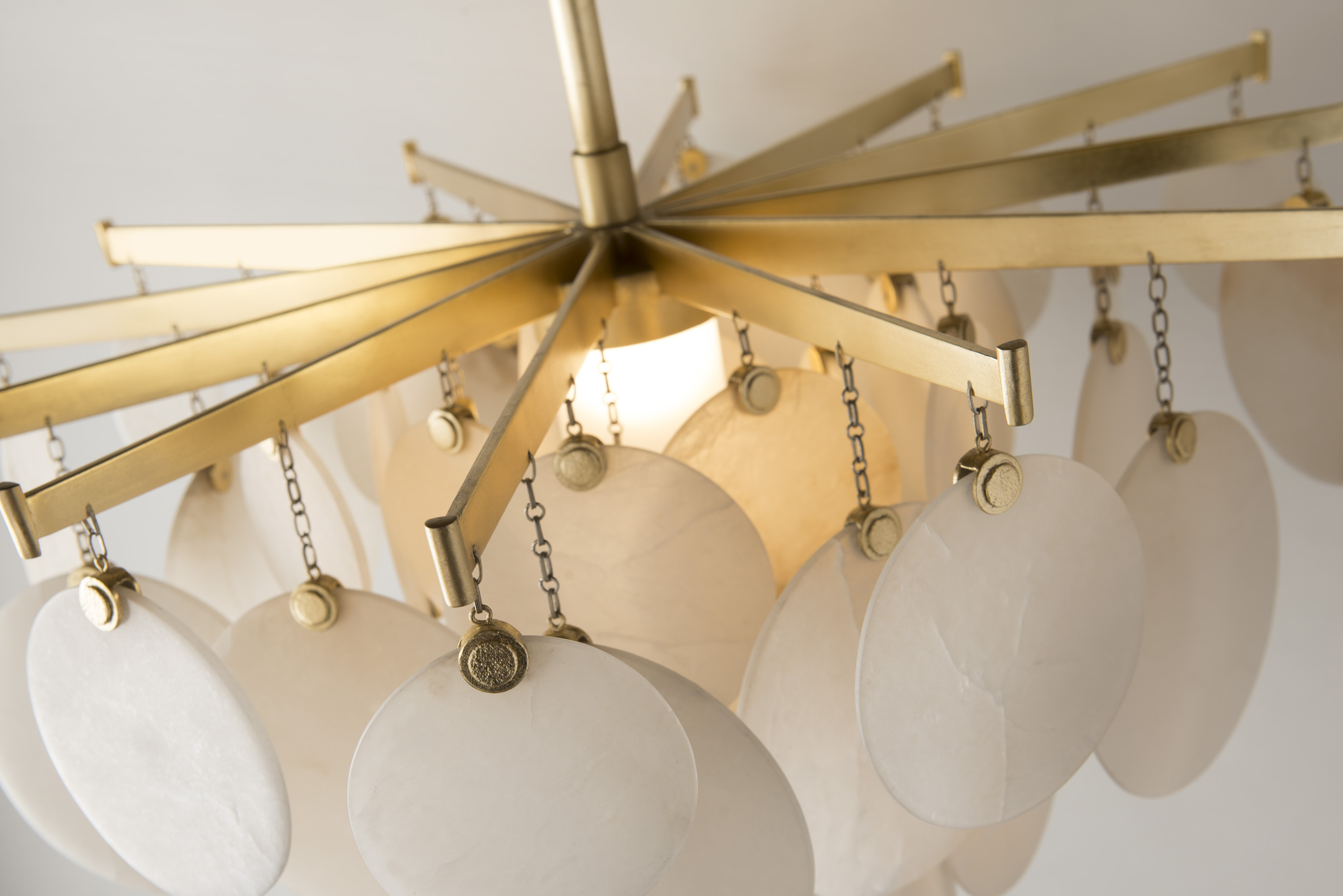

.JPG)
